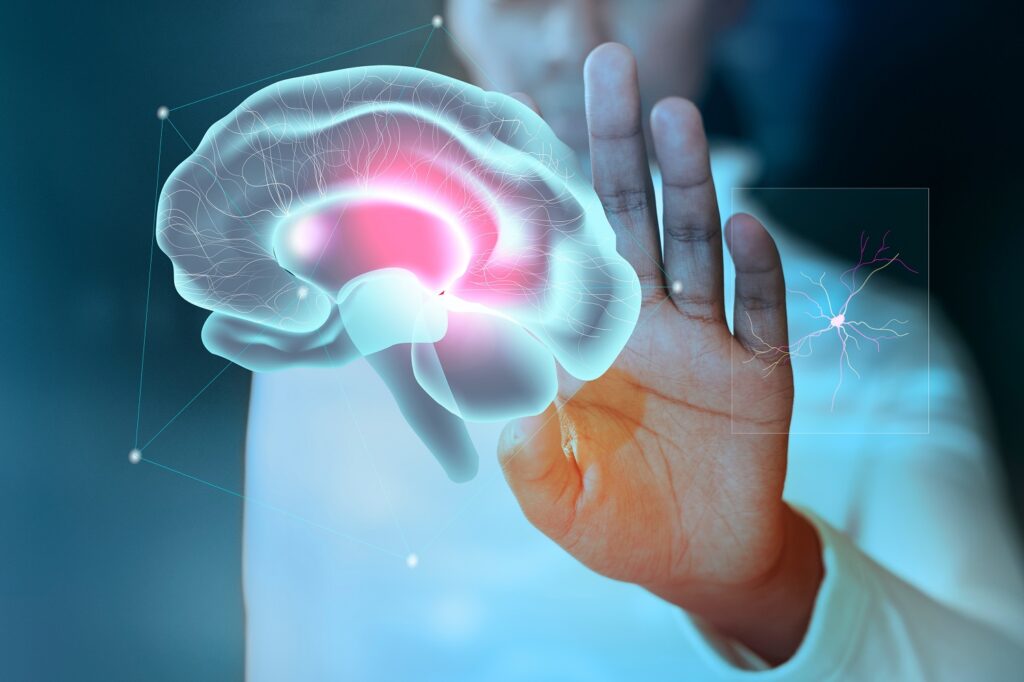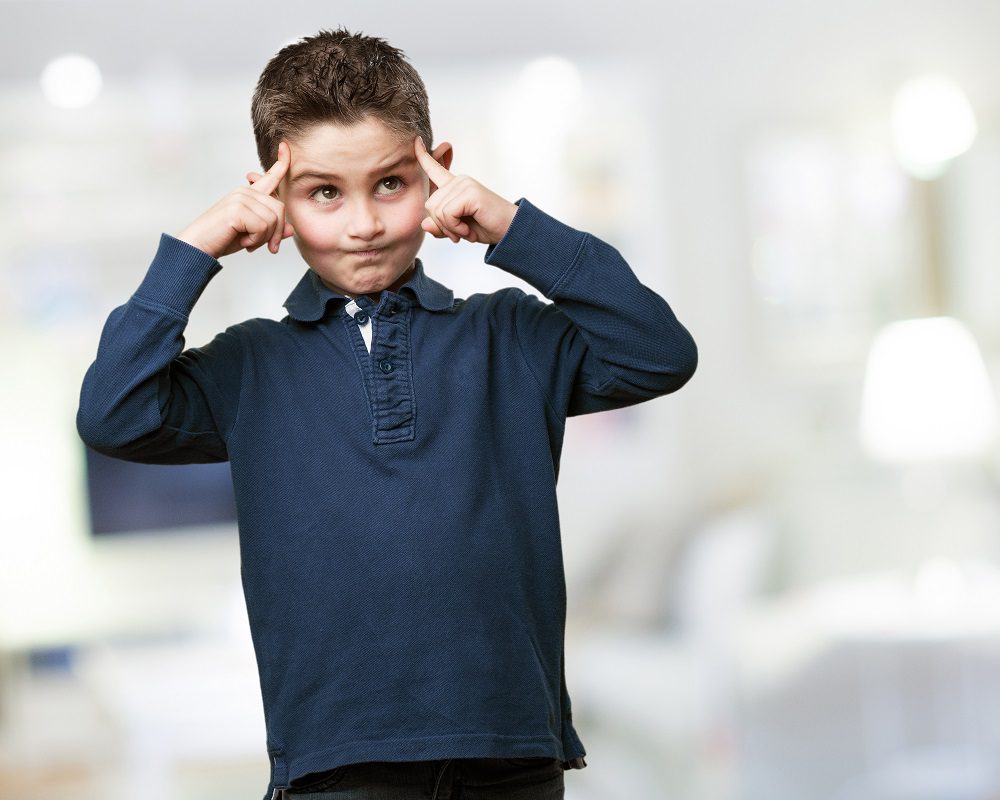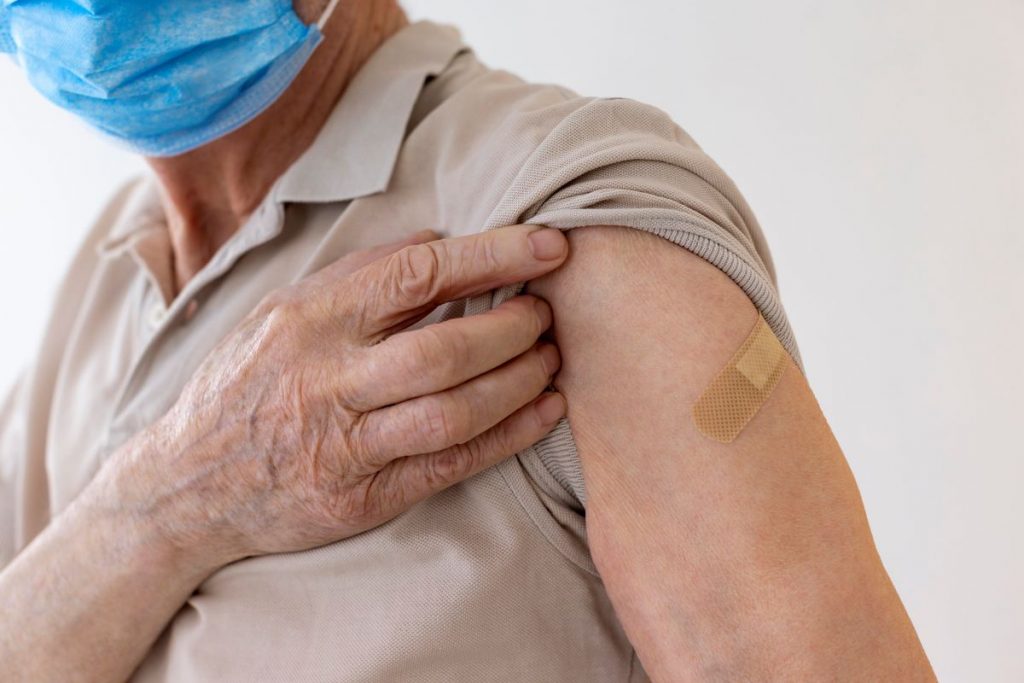A previously healthy 30-year-old woman visited our psychiatric clinic for symptoms including anxiety, depression, insomnia, and brain fog (mild cognitive impairment) for more than 8 weeks after being diagnosed with COVID-19 on May 9, 2022. Continuous transcranial magnetic stimulation (TBS) of the right dorsolateral prefrontal cortex (DLPFC), followed by intermittent TBS of the left DLPFC, was performed twice daily over 5 days for a total of 10 sessions. The Beck Depression Inventory (BDI), Hamilton Depression Rating Scale (HAMD), Beck Anxiety Inventory (BAI), Pittsburgh Sleep Quality Index (PSQI), and subsets of the Wechsler Memory Scale (WMS)-Third Edition were administered at baseline and at the end of treatment. After 10 sessions of treatment, her BAI, BDI, HAMD, PSQI, WMS-Logical Memory, WMS-Faces, WMS-Verbal Paired Associates, and WMS-Family Pictures scores had improved from 4, 18, 10, 14, 8, 10, 12, and 8, respectively, to 0, 7, 1, 10, 15, 15, 15, and 10, respectively.
Results
Several hypotheses may support the effectiveness of TBS over bilateral DLPFC in treating COVID-associated depression and cognitive impairment. First, previous animal and human studies have found that the stimulation of DLPFC can improve mood and cognitive function. Second, the improvement in cognitive functioning could be associated with improvement in depression. Depression may result in cognitive impairment. TBS may help to improve the severity of depression-associated cognitive impairment.















